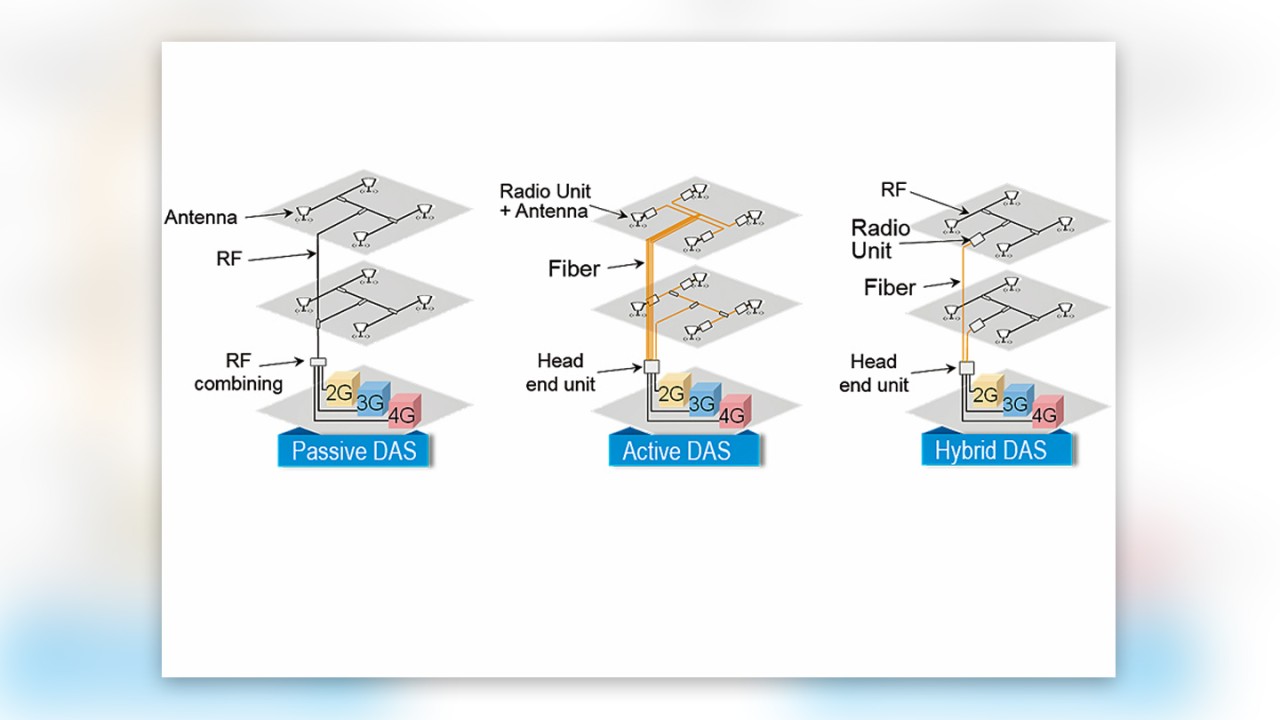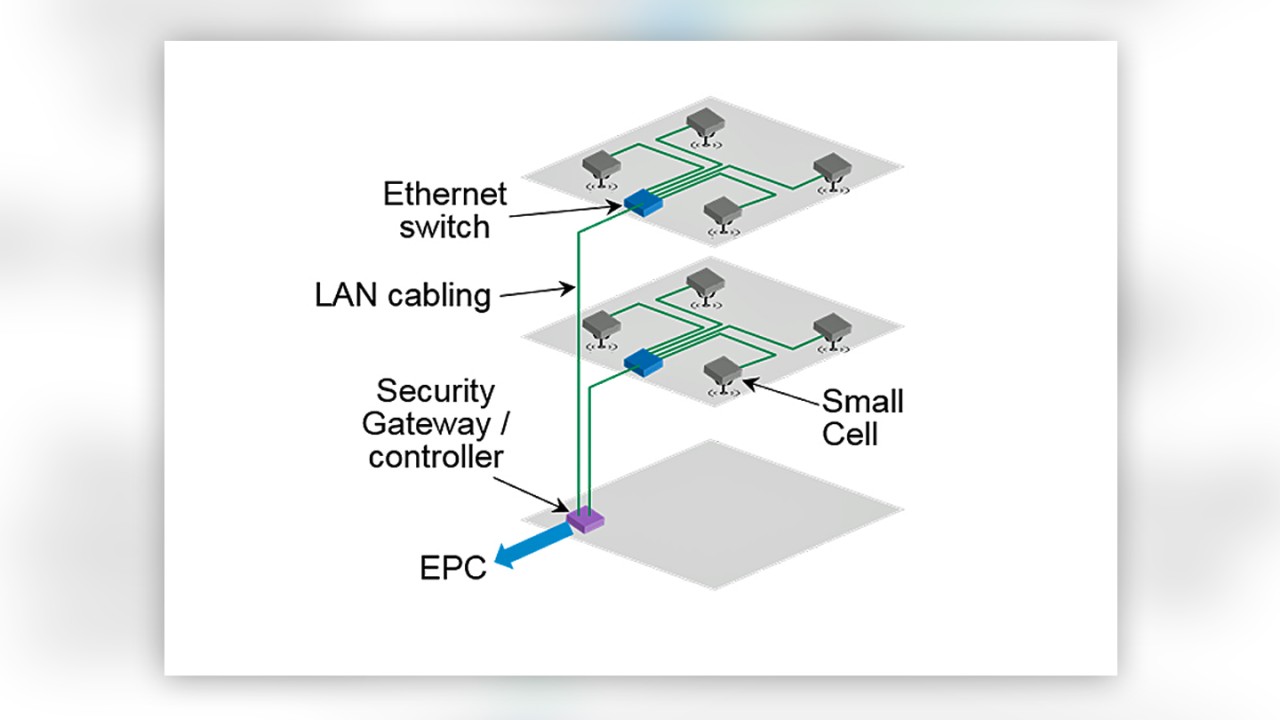Written by Arnd Sibila | March 16, 2017


The popularity of app services among smartphone users presents a serious challenge to mobile operators: data consumption is soaring, and with an expected 10-fold increase in the next 5 years, investments to merely transfer the sheer amount of data are inevitable. So, how can network operators best address increasing network capacity and performance demands?
One approach is to invest in one of the many cost-efficient smart macro network enhancements available today, as discussed in our posts on carrier aggregation, 4×4 MIMO, and antenna tilt optimization. Another approach to cope with the exponentially increasing data consumption in mobile networks includes HetNets and small cell deployments.
The term HetNets, or heterogeneous networks, describes the interworking of different radio network layers (the macro cell layer and one or more small cell layers). In LTE, all network layers can use exactly the same air interface resources. Consequently, interworking in a coordinated way is required to avoid interference among the different network layers.
Why indoor deployments?
80% of mobile data traffic today is generated indoors. This indoor-outdoor split is expected to remain over time. While indoor certainly refers to the users’ homes, in this context, it mostly concerns large office and enterprise buildings.
These buildings are often modern and new, with windows consisting of low-emissivity glass (low-e glass) to effectively reflect and absorb infrared and heat energy to improve indoor thermal control. Unfortunately, these types of windows also effectively attenuate radio waves, causing degraded cell phone reception. Consequently, to fulfill indoor communication needs via outdoor base stations, operators have to deal with an attenuation range of 20 to 30 dB, and even more for higher frequencies.
Additional indoor base stations, such as small cells, can offer relief and optimally benefit operators and users alike. But only if their installation is close to where additional capacity is required (i.e., close to the people) and a higher Signal-to-Interference-and-Noise-Ratio (SINR) can be achieved compared to the existing (macro cell) deployment. A high SINR results in high additional capacity created by the new base station. In conclusion, capacity expansion should ideally be done with indoor deployments.
What types of indoor deployments exist?
For indoor deployments, we generally distinguish between two models:
1. Distributed Antenna Systems (DAS) of various characteristics such as passive, active, and hybrid
2. Small cells, for example, femto, pico, and microcells
The following illustration depicts the different DAS concepts:


In a passive DAS system, the baseband part of a base station is located in the basement or in a function room of the building to be served. In the passive DAS concept, also the RF part is located there, and the RF signal (all technologies combined on the RF) is distributed to the different floors and antennas in the rooms from there.
In an active DAS concept, RF signals are transformed into an optical signal in a head-end unit. From there, the signal is then distributed to different floors via fiber cables. Close to the antennas, a radio unit converts the optical signal (opto-electrical) back to an RF signal.
A hybrid DAS concept combines the advantages of both passive and active concepts. Long distances are covered by fiber cables with very low loss while the distribution to the antennas on every floor is handled via passive RF cables. Due to less active components, this approach is more reliable.
RF performance for active and hybrid DAS is superior compared to passive DAS. The reasons for this are manifold and include:
- lower attenuation,
- less required power,
- lower noise,
- smaller risk of passive intermodulation (PIM),
- a higher SINR, translating into higher capacity.
Also, it is generally easier to install fiber cables than bulky RF cables in buildings. Moreover, active and hybrid DAS systems can easily be modified in terms of changing power levels and capacity in different rooms. A passive DAS system is rather inflexible, once planned, and installed. Its advantages, however, include reliability (due to only passive components) and lower costs compared to active and hybrid DAS systems.
How do small cells compare to DAS?
Small cells are small base stations with lower transmit power levels. The umbrella term small cells encompasses all kinds of base stations smaller than macrocells.


In a small cell network, each small cell adds a new cell with new capacity (depending on achievable SINR) and coverage. Air interface resources are reused. The cabling in buildings with a small cell network is predominantly LAN, which is very easy to install, also by less-skilled personnel.
Small cells offer a very high RF performance (no attenuation on cabling, low noise, low PIM probability, and consequently a high SINR) and huge flexibility. A small cell deployment is often more cost-efficient than a DAS system (at least for a single operator deployment). To avoid network failures, small cells are typically auto-configured by the Operations Support System (OSS) or the Self-organizing Network (SON).
There is no silver-bullet indoor solution that is superior to all other solutions. Depending on the operator’s strategy and needs, either DAS systems and small cells, will be deployed.
How to efficiently realize indoor deployments
Typically, indoor deployments comprise three phases:
1. Network planning and design
2. Installation and commissioning
3. Site acceptance
To be efficient, these steps have to be realized during two site visits. First, the site survey, which includes careful planning based on planning tools. In special cases, test transmitters are employed to verify the planning for critical sites. During the second visit, the small cell is installed and commissioned and, finally, accepted by verifying that the expected and planned performance in terms of coverage and capacity is met.






